By Brett Popplewell in Reykjavik, Iceland | Photography by Adam Patterson
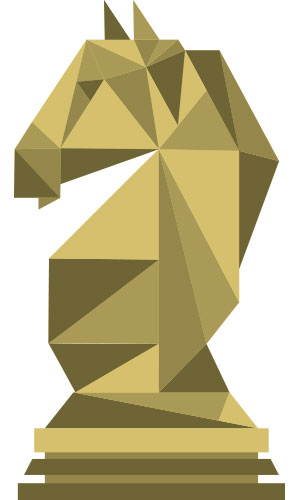 Eric Hansen stood at the bar with his chin down, eyes up and a vacant look on his face that disguised the reality of a great many things going on inside his head. A bottle of wine, two pints of beer and a few ounces of some cumin-flavoured schnapps the locals call Brennivin circulated through his veins as he reviewed the assorted liquors behind the bar. He was buzzed yet thirsty. And though he was also low on cash, he seemed empowered by the credit card in his hand and the Luxembourgian brunette in a floral skirt dancing in the periphery of his vision. He settled on tequila and ordered up five shots, one for him, one for the brunette and three for the rest of his entourage.
Eric Hansen stood at the bar with his chin down, eyes up and a vacant look on his face that disguised the reality of a great many things going on inside his head. A bottle of wine, two pints of beer and a few ounces of some cumin-flavoured schnapps the locals call Brennivin circulated through his veins as he reviewed the assorted liquors behind the bar. He was buzzed yet thirsty. And though he was also low on cash, he seemed empowered by the credit card in his hand and the Luxembourgian brunette in a floral skirt dancing in the periphery of his vision. He settled on tequila and ordered up five shots, one for him, one for the brunette and three for the rest of his entourage.
It was one o’clock on a Tuesday morning and Canada’s only professional chess player knew he should probably be in bed resting his brain, or preparing mentally and physically for what would be one of the toughest chess matches of his life. But he was too wired to sleep. So he sprinkled salt on his hand, kicked back the tequila and went on rallying the party inside the liveliest pub on the entire volcanic afterthought known as Iceland.
He’d come to Reykjavik, like 259 other players, in search of a modest fortune and a minute increase in fame. He’d spent the better part of the past two years criss-crossing Europe, living out of a knapsack, playing chess for money, earning barely enough to survive and wandering deeper into a world filled with child prodigies, aging geniuses and post-Soviet alcoholics. Hansen was a grandmaster, a kind of black belt in the hierarchy of chess masterdom. But he was also a 21-year-old party boy who listened to trance and ate nachos or Hawaiian pizzas for breakfast, lunch and supper, too. He was talented yet humble and had a way of making you forget that beneath his carefully coiffed hair there was a weapon tuned for intellectual combat.
He was the 14th-best player on the island that week in March, and yet there were those around him who didn’t take him seriously. Who’d heard how he’d gone out partying with the Arctic Monkeys while others sat in their hotel rooms preparing for the tournament. But Hansen didn’t seem to care what they thought of him. He didn’t let on that he cared about much, really, even though he did care a great deal. He liked to maintain an image of cool, especially among those who’d been trained in well-established chess clubs in Moscow, Budapest and Mumbai, while he’d picked up the game in a smoky bar in downtown Calgary. But he was always aware of who he was: a college dropout who’d barely made it out of high school. It was chess that made him feel special.
He’d slept less than 15 hours in the past four days and was beginning to feel like a walking pile of human garbage, yet he was hesitant to crawl home to bed because he was a superstitious man who’d been winning in spite of his extracurricular activities. It was shortly after four o’clock in the morning when he went back to his hotel to lie awake in bed and strategize all the ways he might defeat the best German in the game. The sun was making its way across the Atlantic by the time he closed his eyes.
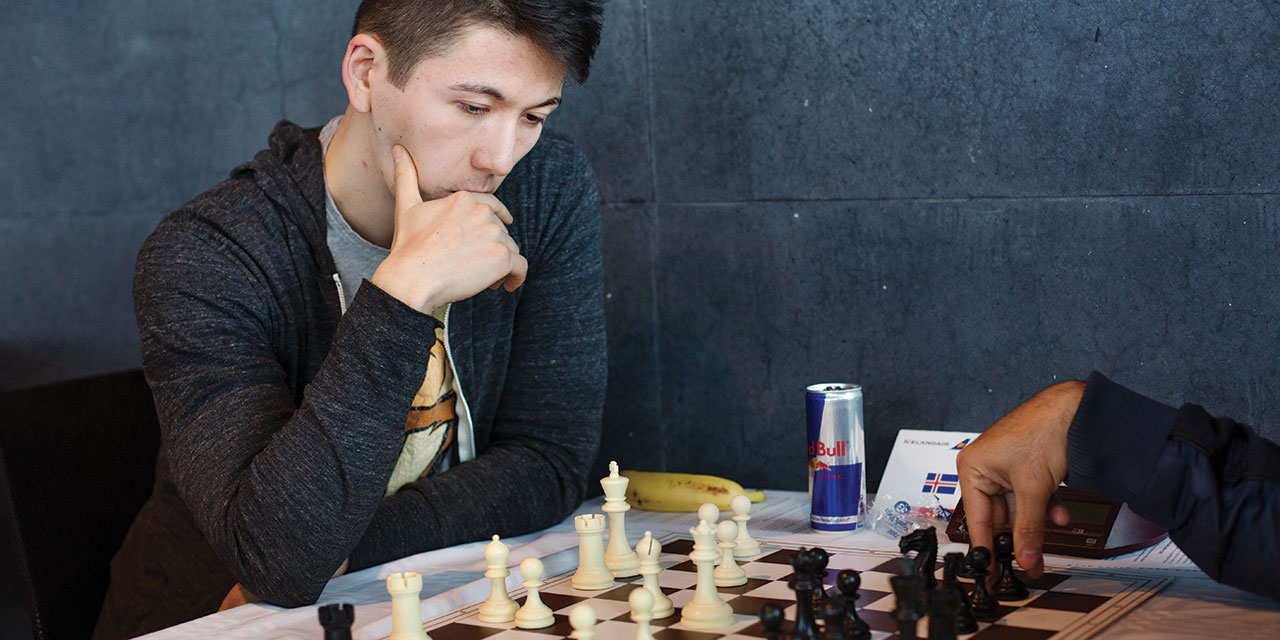
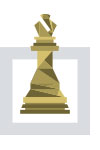 Five months earlier, on a cold November day in Toronto, Hansen sat in a coffee shop, sipping tea and casting his eyes from one stranger to another. He was wearing a pair of white tennis shoes, tight chinos and an Irish fisherman’s sweater, looking like a guy who’d just gone out and bought everything he’d seen in the pages of Esquire. A Canadian and Pan American champion who’d been living in Europe, he was back in Canada on a quick trip, posing for publicity photos and trying to schedule meetings with potential sponsors. Things hadn’t been going so well at the time. He’d been losing more games than usual and finding it difficult to sustain himself as a pro. He was drained and recovering from a recent string of defeats in Oslo, Munich and Barcelona. He’d recently split with his girlfriend, a 19-year-old American chess master living in San Francisco. Concentrating on games had become an issue because his mind would wander from the board and he’d start wondering what she was doing on the other side of the world.
Five months earlier, on a cold November day in Toronto, Hansen sat in a coffee shop, sipping tea and casting his eyes from one stranger to another. He was wearing a pair of white tennis shoes, tight chinos and an Irish fisherman’s sweater, looking like a guy who’d just gone out and bought everything he’d seen in the pages of Esquire. A Canadian and Pan American champion who’d been living in Europe, he was back in Canada on a quick trip, posing for publicity photos and trying to schedule meetings with potential sponsors. Things hadn’t been going so well at the time. He’d been losing more games than usual and finding it difficult to sustain himself as a pro. He was drained and recovering from a recent string of defeats in Oslo, Munich and Barcelona. He’d recently split with his girlfriend, a 19-year-old American chess master living in San Francisco. Concentrating on games had become an issue because his mind would wander from the board and he’d start wondering what she was doing on the other side of the world.
Then again, his mind had been running away on him for as long as he could remember. He was diagnosed with ADHD as a kid. The doctors had fed him Ritalin to help him concentrate, but he didn’t like the pills. Chess seemed to help him focus better than any medication. A math teacher at his prep school had used the game as a teaching tool; Hansen was nine when he first looked his teacher in the eye and said “checkmate.” At 12, his parents switched him into a school for kids with learning disabilities. An only child, his computer soon became his closest friend, chess his favourite pastime.
When he wasn’t playing against anonymous opponents online, he was defeating children and adults alike in an English pub in downtown Calgary. At 15, he became the youngest Alberta chess champion on record. Then he started failing math. “High school was a dark time,” he said. He spent long hours in his room, learning the ins and outs of a solitary game while his parents wondered if maybe they should have given him a little brother or sister to play with. Despite his poor grades, he earned a chess scholarship to the University of Texas and moved to Dallas in September 2011. He was 19 and had just returned from the World Cup of Chess in central Russia where he’d been humiliated by an Azerbaijani grandmaster who was then ranked 11th in the world. That’s when he realized that being the best chess player in Alberta didn’t mean much outside of Canada. He left college after one year, explaining to his parents that chess and education just didn’t go together.
Three months later, he earned his grandmaster’s title in Istanbul. He called his father’s office immediately and together they shared a rare emotional moment. Some 600 million people play chess and being a grandmaster meant Hansen was one of the top 1,200 or so players. His father told him how proud he was, but then reminded his son that he was still a long way from No. 1. “Chess is a brutal game,” Hansen said. “Win or lose, it can really mess up your self-confidence. There aren’t many people in this world who survive for long as professionals. Those who do tend to go a bit crazy.”
Hansen hoped he’d be an exception, one of the few good enough to play full-time, travel the world and earn a living by pushing little pieces of wood across a checkered board. Chess, according to the International Olympic Committee, was a sport and Hansen considered himself something of a professional athlete. He’d devoted his life to the game, sacrificed his schooling to launch his career and spent countless hours training. But there wasn’t much money in chess, no guarantee of a million-dollar contract, even if he were the world’s No. 1. Hansen earned about $380 per competitive match and charged $75 an hour to teach kids the ways of the game. He’d beaten the world’s seventh-best player on the Internet and defeated the 18th-best in person. He was among the top 300 players in the world and had played in 17 countries since dropping out of school, and though he only earned $25,000 in 2013, he believed that if he could become one of the top 50 players in the world he could quadruple his earnings and afford to continue playing indefinitely. That was his long-term goal—that and becoming World Champion.
He loved the game because he was good at it, but he also hated it sometimes because it was an addiction. He reckoned he’d played more than 120,000 games since the age of nine. “I’ve got a two-dimensional chess board in my head,” he said. “I can visualize games without even sitting down at a board or a computer.”
But he insisted there were others far more talented than him, in particular a 22-year-old Norwegian hotshot named Magnus Carlsen who was, at that moment, in the process of winning the World Chess Championship. Girls loved Carlsen because he was smart and cute and because he drank orange juice during games. Hansen had seen Carlsen compete in person and admired him very much, but he hoped one day to beat the hell out of him on a chessboard.
For now, he craved money and respect, two things he couldn’t earn in Canada. And so he’d left, relocated to a small apartment on the outskirts of Amsterdam, from which he could travel cheaply to tournaments in places like Skopje, Gibraltar and Reykjavik. He said he was happy, but he seemed unsatisfied. The thing he looked most forward to was the pending Olympiad this summer in Norway where he would represent his country in one of chess’s most important tournaments. He spoke of it often, but he knew the average Canadian didn’t care much about the game and he wished he could change that. He said he wanted “to make chess cool in Canada.” Wanted people to understand that “chess is a lot like boxing” and that he viewed himself as an unconventional fighter who threw from the hip and enjoyed dismantling his opponents’ defences and torturing their psyches.
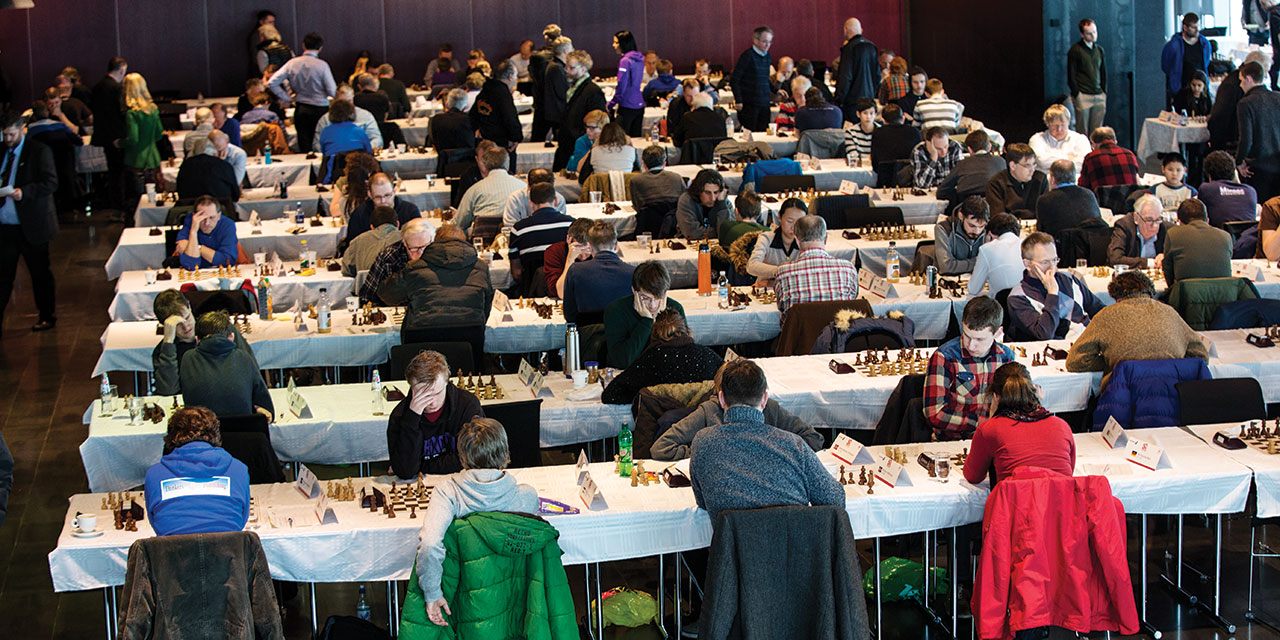
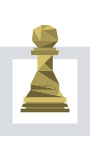 Hansen woke up as he always did after a late night: filled with nervous energy. It was 10:30 in the morning, six hours to his semifinal match at the Reykjavik Open. He’d only lost one of his past seven games, but now he was facing the tournament favourite, 28-year-old Arkadij Naiditsch, a German who had once beaten Vladimir Kramnik, the former World Champion, and who had a reputation for getting angry when he lost. This game was technically a rematch, Hansen having bested the significantly higher ranked Naiditsch three months earlier at a tournament in Hockenheim, Germany. Naiditsch was considered the 18th-best player in the world when Hansen beat him; this time, the stakes were greater because the two were competing for a shot at the winner’s purse of €5,000 and because Hansen was looking for a breakthrough in his international ranking.
Hansen woke up as he always did after a late night: filled with nervous energy. It was 10:30 in the morning, six hours to his semifinal match at the Reykjavik Open. He’d only lost one of his past seven games, but now he was facing the tournament favourite, 28-year-old Arkadij Naiditsch, a German who had once beaten Vladimir Kramnik, the former World Champion, and who had a reputation for getting angry when he lost. This game was technically a rematch, Hansen having bested the significantly higher ranked Naiditsch three months earlier at a tournament in Hockenheim, Germany. Naiditsch was considered the 18th-best player in the world when Hansen beat him; this time, the stakes were greater because the two were competing for a shot at the winner’s purse of €5,000 and because Hansen was looking for a breakthrough in his international ranking.
Hansen rolled out of the bed he shared with his best friend, Robin van Kampen, a 19-year-old Dutch grandmaster who’d been labelled a child prodigy at the age of 14. Van Kampen had been awake for hours, listening to music and going over his plans for his game that afternoon with the help of Houdini, the most powerful chess engine in the world. Hansen also used Houdini, though not to the same extent as other players. For Hansen, chess was a contest between two players in which there were underdogs, favourites and the occasional upset. He preferred being the underdog because it made him feel like he had nothing to lose.
He’d spent the better part of his life studying the intricacies of an ancient game, but he was still admittedly ignorant of much of the theory that had been developed over the course of human history. He understood that chess had spread from India to medieval Europe long ago and had been a favourite among noblemen who liked the way their lot in life was reflected on the board. It had always been an intense game and had even caused men to murder. One Danish king took the game so seriously he had an earl who bested him during a match executed. There were several more recent cases of chess-related deaths, but few as gruesome as the time a Russian stationed at a remote Soviet base in Antarctica killed one of his compatriots with an axe after a crushing defeat. The Soviet Union reportedly responded to the incident by forbidding its cosmonauts from playing in space.
Hansen wasn’t so interested in chess’s morbid side, though he did explain that the game’s real cruelty lies in its infinite nature. “People say there are more possible chess moves than atoms in the universe,” he said.
Attempting to master all of them is an exercise that has driven men mad. It was simpler just to think of a chessboard like a battlefield and each player a general manoeuvring troops in a struggle that had played out countless times before.
“There are three basic stages in a chess game,” Hansen said. The first is known as the opening. White always moves first, and so has a slight advantage that black must try to overcome. On the first turn, each player must choose between 20 possible moves. By the time they’ve each made two moves, there are 8,902 permutations, and the options increase exponentially from there. Competitive players tend to use established opening sequences named after the chess greats of years past. Some sequences take more than 30 moves to set up.
The second stage is known as the middlegame or, as Hansen called it, “the pinnacle of the battle.” This is when pieces start to fly off the board as all the earlier jockeying for position leads to attacks and counterattacks. When one or both players have lost most of their major pieces, the endgame begins. Often players will realize their position is hopeless and forfeit. Other times they’ll fight on, hoping their opponent blunders so they can force a draw. A full-length game goes until one player kills the other’s king. In tournament chess, each player gets 90 minutes for their first 40 moves followed by 30 minutes for the rest of the game. If a player runs out of time he or she automatically lose. Hansen liked when he and his opponent wandered into time trouble because he excelled at “blitz chess”—a version of the game in which players have significantly less time per move. “Chess is war,” he said. “You can either go for a submission or a knockout. I like to build up pressure, paralyze my opponents and then finish them.”
He was feeling scrappy and eager to turn his game with the testy German into an unchoreographed fist fight. He didn’t have the time, energy or focus to properly prepare so he began thinking of ways to “screw up the board.” It was a simple yet reckless plan that would require him to make some unorthodox moves and then push Naiditsch as hard and as fast as he could, keeping the pressure on his king and queen and watching as the clocks ran down. If he could survive until the two began running out of time, then Hansen, who struggled to concentrate for more than 10 minutes at a time, would be in his zone. “I hope it’s a brawl,” he said.
Together with van Kampen, he walked to a local dive bar for breakfast, scarfed down a plate of nachos and a Hawaiian pizza and returned to his hotel room to crank the trance, mix some workout powder and pump out some pushups. Then he threw on a slim-fit shirt, checked his hair in the mirror and made for the chess hall.
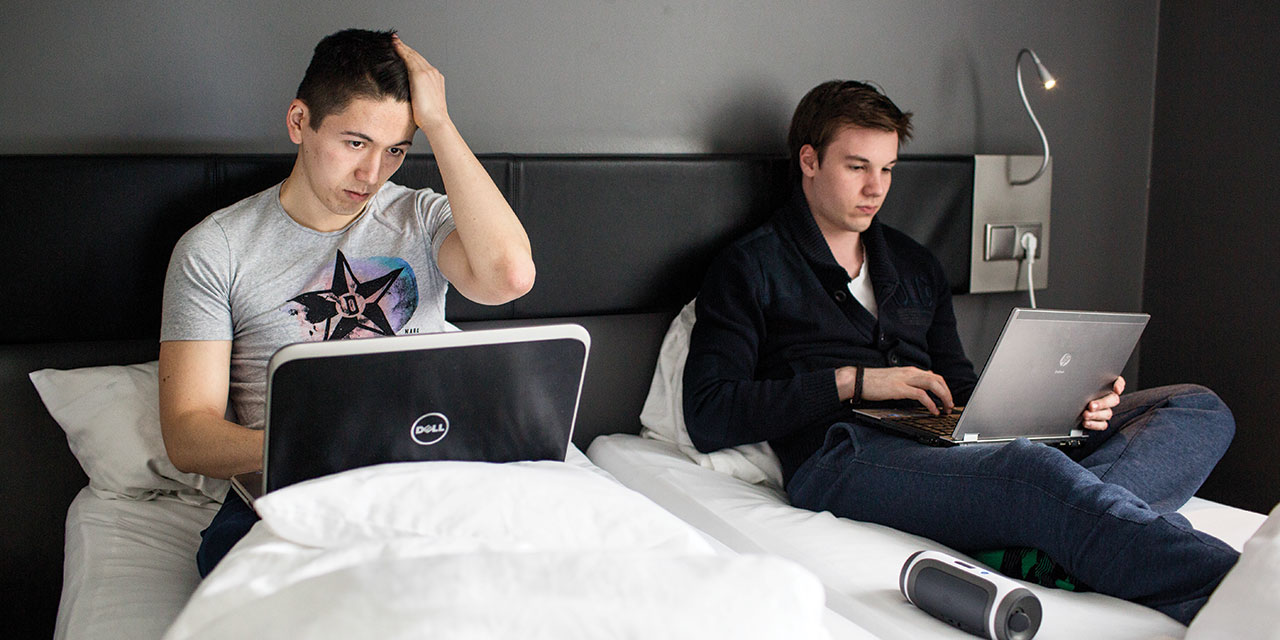
There was a warning on his workout powder that he never paid much attention to, though it said things like “extremely powerful” and “to be consumed on workout days only.” Chess was a mental workout, Hansen rationalized. The World Chess Federation’s drug policy is inspired by the IOC’s, and there was nothing in the rule book that prevented him from taking a highly concentrated dose of powdered caffeine before a match. Just as there was nothing preventing the other grandmasters at the Reykjavik Open from consuming copious amounts of dark chocolate or guzzling four litres of Pepsi Max or sniffing eucalyptus oil when they got dozy at the board.
Hansen looked at nothing and no one in particular as he rushed into the chess hall passing a chorus line of human curiosities. Many were local fans: fishermen, bankers, teachers and chefs who hovered around boards and watched matches play out on a projection screen, nodding with approval or wincing with the opposite whenever their favourite players made a move. Then there were the chess masters of all ages who’d come to compete from countries like Moldova, Kazakhstan and Azerbaijan. Some arrived sporting purple hair or stuffed animals on their heads and were busy rubbing seashells together for good luck.
Hansen headed straight for the stage, where Naiditsch had been sitting for minutes. It was disrespectful to keep your opponent waiting, especially one ranked higher and favoured for victory, but Hansen hadn’t done so intentionally. He had lost track of time, though he’d remembered to bring a banana and a Mars bar in case his sleepless nights caught up with him during the four-hour battle that followed.
The conflict began with a handshake, just like billions of other matches over the past 1,500 years. Then Naiditsch, who commanded white, moved his king’s pawn into the centre of the board and stamped his clock. Hansen responded, moving one of his bishop’s pawns, commencing the Sicilian Defence—an opening mastered by an Italian theoretician in the 16th century. Back and forth they went, Naiditsch slipping into the King’s Indian Attack, an aggressive formation popularized by Bobby Fischer, who’d won the World Championship just a few kilometres away from where Hansen now pondered his next move. When he pushed his queen’s pawn about two centimetres down the board, those monitoring the game online didn’t seem to like his move and soon gave Naiditsch two-to-one odds for victory. It wasn’t until seven moves and several minutes later that Hansen created the chaos he’d craved by sacrificing one of his knights and marching his pawns down the board. He was wounded but on the offensive. Those watching on the projector as his knight disappeared from the board shook their heads, wrongly believing Hansen was in trouble. Then, after nearly 90 minutes of play, Hansen rose from the board and began wandering the chess hall.
He never left his seat unless he thought he was winning and as he walked around he was still analyzing his game on that two-dimensional chessboard in his brain. He’d played entire matches without even looking at a board and had the ability to see an average of eight moves ahead.
Naiditsch accepted Hansen’s attempts to turn their game into a brawl. His pride was well-known and his frustration could be seen in the way he looked people in the eye when they stopped to watch. Hansen returned to his seat, tucked his chin toward his chest and began acting on impulse, assured in his belief that the game had moved away from “theoretical chess” and that the German wouldn’t be able to make any more sense of what the hell was going on than he could.
Two hours later, Hansen had manoeuvred Naiditsch into time trouble with less than five minutes to play his next 11 moves. Suddenly Hansen’s leg started to shake under the table. He could sense the German’s game was falling apart. Hansen was still down a knight but up three pawns. Naiditsch had just offered one of his knights in an attempt to get his own queen back in the game. But Hansen had turned down the sacrificial offering. Ten moves later, he’d killed the German’s last remaining bishop and converted a pawn into a second queen.
Naiditsch squeezed his jaw with his hand, shook his head and let out a quiet but guttural grunt. Then he signalled his surrender, looked Hansen in the eye and chastised him: “You were f–king shaking the entire game.” Then he got up and left the board.
News that Hansen had taken the top player out of the tournament spread quickly. Within minutes, his cellphone was buzzing with felicitations from people he’d never met who’d watched the game on the Internet and were now commenting on his Twitter and Facebook feeds.
In a makeshift studio near the stage, the Luxembourgian brunette who’d been out with him the night before and who was a sportscaster of sorts invited him to join her in an online broadcast to explain how he’d won. Asked how it felt, he was too nerve-racked to raise his eyes from the ground. “Crazy,” he said.
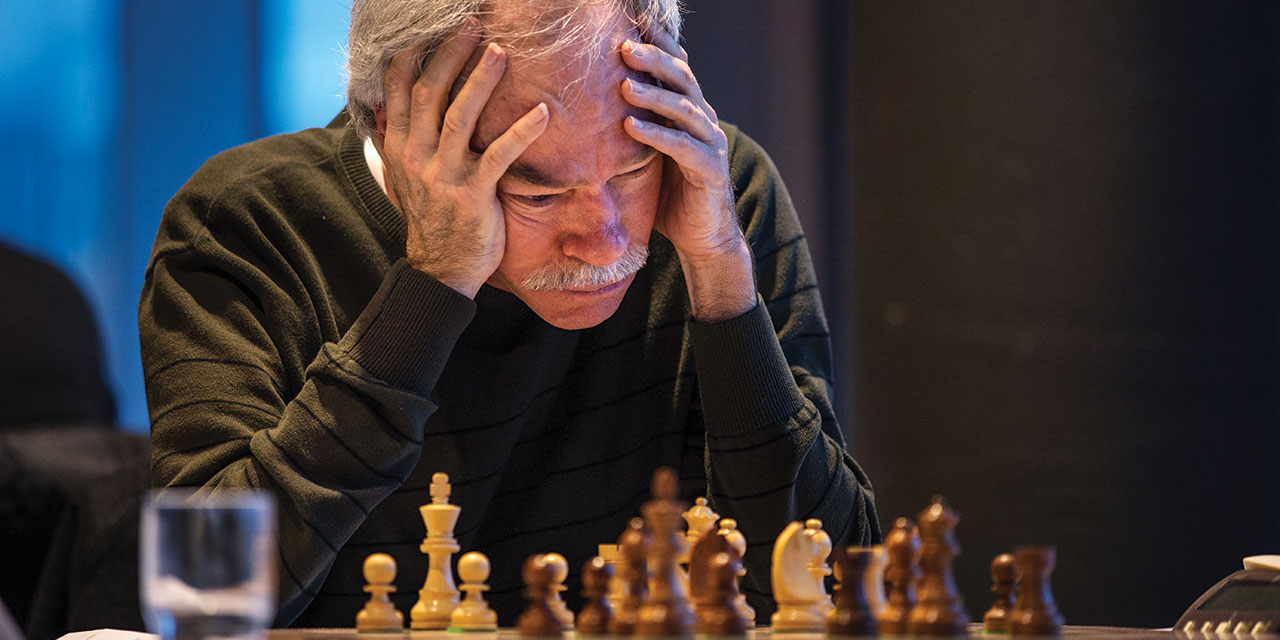
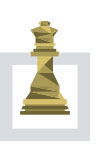 Two hours later, Hansen sat at a table inside a rooftop bar overlooking Reykjavik and the Atlantic Ocean. He was eating another plate of nachos and waiting for a chicken and barley salad as a stream of grandmasters approached his table to congratulate him on his victory. In some ways he felt like a king, but he looked like a guy who’d just slept under a truck. He couldn’t stop replaying Naiditsch’s comment in his mind. He’d won one of the biggest matches of his life, but now he wondered if maybe his nerves had disrupted their game.
Two hours later, Hansen sat at a table inside a rooftop bar overlooking Reykjavik and the Atlantic Ocean. He was eating another plate of nachos and waiting for a chicken and barley salad as a stream of grandmasters approached his table to congratulate him on his victory. In some ways he felt like a king, but he looked like a guy who’d just slept under a truck. He couldn’t stop replaying Naiditsch’s comment in his mind. He’d won one of the biggest matches of his life, but now he wondered if maybe his nerves had disrupted their game.
He still had one more match to play, but it didn’t matter as much. Even though he’d beaten Naiditsch, he wasn’t likely to win the tournament. There was a Chinese grandmaster who’d come to Reykjavik higher rated than Hansen and who had been playing slightly better than him over the past nine days. The most Hansen could expect was to tie his bunkmate, van Kampen, for second overall (which he later would). That was fine by him, because he’d played the best chess of his life and suspected he was about to burn out anyway. The game had a way of doing to the mind what contact sports could do to the body. There was an inherent stress to it all, he said, that could be spotted in the squirming bodies and tortured faces of the men, women and children who seemed to scream inside their heads while they played.
Hansen’s drink arrived and he took a sip. Then he said: “I think I’ll wear my Hugo Boss suit tomorrow.” He’d been saving it for the final day of play, which was wise because the Icelandic Prime Minister would be coming by the chess hall to shake hands and snap photos with Hansen and the other grandmasters.
It was just before midnight when he left the bar. In the elevator on the way out he asked for the 10th time if he’d been shaking the table against Naiditsch. Then he said goodnight, went back to his hotel room, popped a melatonin and went to sleep.



 Eric Hansen stood at the bar with his chin down, eyes up and a vacant look on his face that disguised the reality of a great many things going on inside his head. A bottle of wine, two pints of beer and a few ounces of some cumin-flavoured schnapps the locals call Brennivin circulated through his veins as he reviewed the assorted liquors behind the bar. He was buzzed yet thirsty. And though he was also low on cash, he seemed empowered by the credit card in his hand and the Luxembourgian brunette in a floral skirt dancing in the periphery of his vision. He settled on tequila and ordered up five shots, one for him, one for the brunette and three for the rest of his entourage.
Eric Hansen stood at the bar with his chin down, eyes up and a vacant look on his face that disguised the reality of a great many things going on inside his head. A bottle of wine, two pints of beer and a few ounces of some cumin-flavoured schnapps the locals call Brennivin circulated through his veins as he reviewed the assorted liquors behind the bar. He was buzzed yet thirsty. And though he was also low on cash, he seemed empowered by the credit card in his hand and the Luxembourgian brunette in a floral skirt dancing in the periphery of his vision. He settled on tequila and ordered up five shots, one for him, one for the brunette and three for the rest of his entourage.

 Five months earlier, on a cold November day in Toronto, Hansen sat in a coffee shop, sipping tea and casting his eyes from one stranger to another. He was wearing a pair of white tennis shoes, tight chinos and an Irish fisherman’s sweater, looking like a guy who’d just gone out and bought everything he’d seen in the pages of Esquire. A Canadian and Pan American champion who’d been living in Europe, he was back in Canada on a quick trip, posing for publicity photos and trying to schedule meetings with potential sponsors. Things hadn’t been going so well at the time. He’d been losing more games than usual and finding it difficult to sustain himself as a pro. He was drained and recovering from a recent string of defeats in Oslo, Munich and Barcelona. He’d recently split with his girlfriend, a 19-year-old American chess master living in San Francisco. Concentrating on games had become an issue because his mind would wander from the board and he’d start wondering what she was doing on the other side of the world.
Five months earlier, on a cold November day in Toronto, Hansen sat in a coffee shop, sipping tea and casting his eyes from one stranger to another. He was wearing a pair of white tennis shoes, tight chinos and an Irish fisherman’s sweater, looking like a guy who’d just gone out and bought everything he’d seen in the pages of Esquire. A Canadian and Pan American champion who’d been living in Europe, he was back in Canada on a quick trip, posing for publicity photos and trying to schedule meetings with potential sponsors. Things hadn’t been going so well at the time. He’d been losing more games than usual and finding it difficult to sustain himself as a pro. He was drained and recovering from a recent string of defeats in Oslo, Munich and Barcelona. He’d recently split with his girlfriend, a 19-year-old American chess master living in San Francisco. Concentrating on games had become an issue because his mind would wander from the board and he’d start wondering what she was doing on the other side of the world.
 Hansen woke up as he always did after a late night: filled with nervous energy. It was 10:30 in the morning, six hours to his semifinal match at the Reykjavik Open. He’d only lost one of his past seven games, but now he was facing the tournament favourite, 28-year-old Arkadij Naiditsch, a German who had once beaten Vladimir Kramnik, the former World Champion, and who had a reputation for getting angry when he lost. This game was technically a rematch, Hansen having bested the significantly higher ranked Naiditsch three months earlier at a tournament in Hockenheim, Germany. Naiditsch was considered the 18th-best player in the world when Hansen beat him; this time, the stakes were greater because the two were competing for a shot at the winner’s purse of €5,000 and because Hansen was looking for a breakthrough in his international ranking.
Hansen woke up as he always did after a late night: filled with nervous energy. It was 10:30 in the morning, six hours to his semifinal match at the Reykjavik Open. He’d only lost one of his past seven games, but now he was facing the tournament favourite, 28-year-old Arkadij Naiditsch, a German who had once beaten Vladimir Kramnik, the former World Champion, and who had a reputation for getting angry when he lost. This game was technically a rematch, Hansen having bested the significantly higher ranked Naiditsch three months earlier at a tournament in Hockenheim, Germany. Naiditsch was considered the 18th-best player in the world when Hansen beat him; this time, the stakes were greater because the two were competing for a shot at the winner’s purse of €5,000 and because Hansen was looking for a breakthrough in his international ranking.

 Two hours later, Hansen sat at a table inside a rooftop bar overlooking Reykjavik and the Atlantic Ocean. He was eating another plate of nachos and waiting for a chicken and barley salad as a stream of grandmasters approached his table to congratulate him on his victory. In some ways he felt like a king, but he looked like a guy who’d just slept under a truck. He couldn’t stop replaying Naiditsch’s comment in his mind. He’d won one of the biggest matches of his life, but now he wondered if maybe his nerves had disrupted their game.
Two hours later, Hansen sat at a table inside a rooftop bar overlooking Reykjavik and the Atlantic Ocean. He was eating another plate of nachos and waiting for a chicken and barley salad as a stream of grandmasters approached his table to congratulate him on his victory. In some ways he felt like a king, but he looked like a guy who’d just slept under a truck. He couldn’t stop replaying Naiditsch’s comment in his mind. He’d won one of the biggest matches of his life, but now he wondered if maybe his nerves had disrupted their game. 



Almost Done!
Please confirm the information below before signing up.
{* #socialRegistrationForm_radio_2 *} {* socialRegistration_firstName *} {* socialRegistration_lastName *} {* socialRegistration_emailAddress *} {* socialRegistration_displayName *} By checking this box, I agree to the terms of service and privacy policy of Rogers Media.